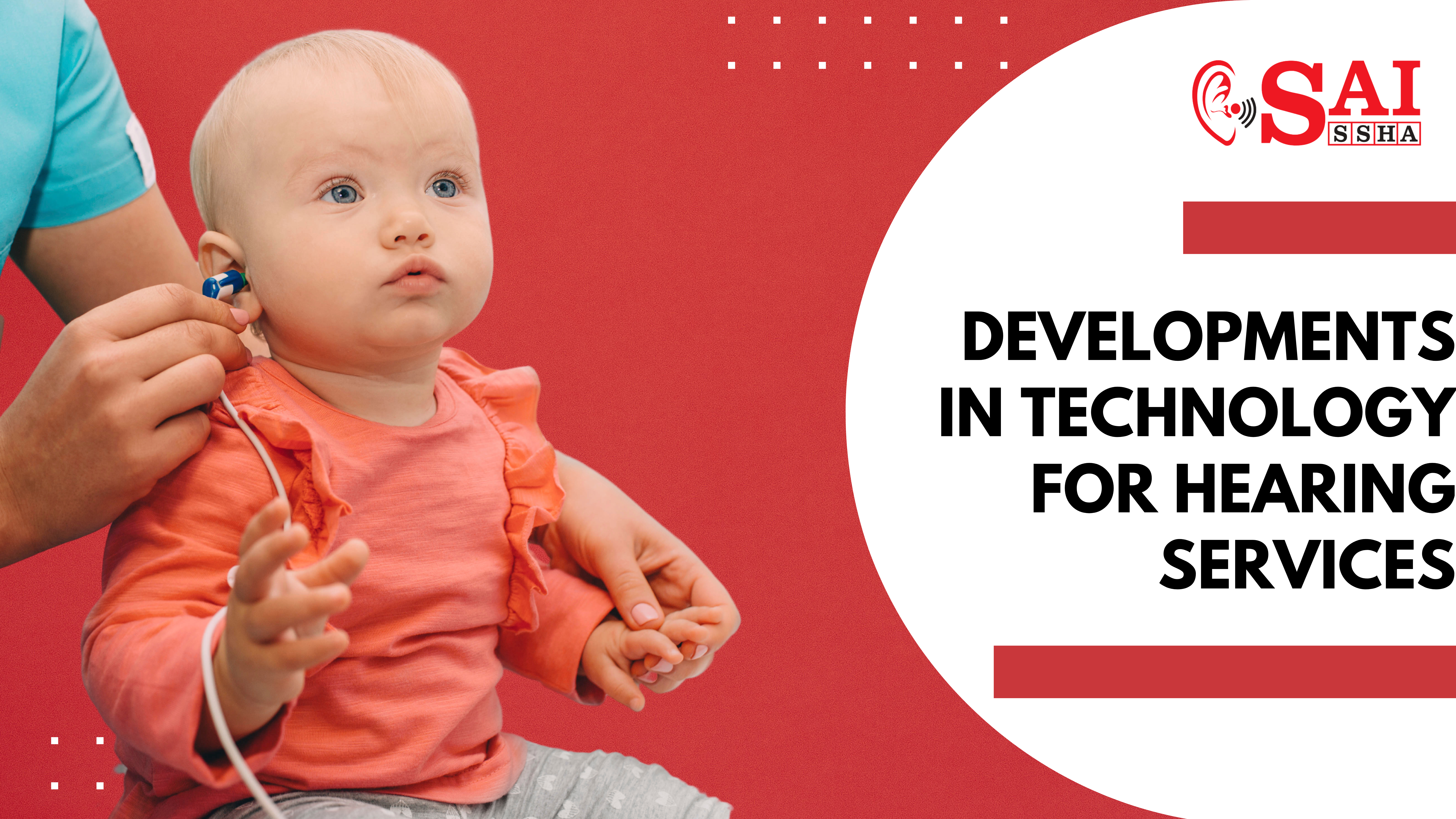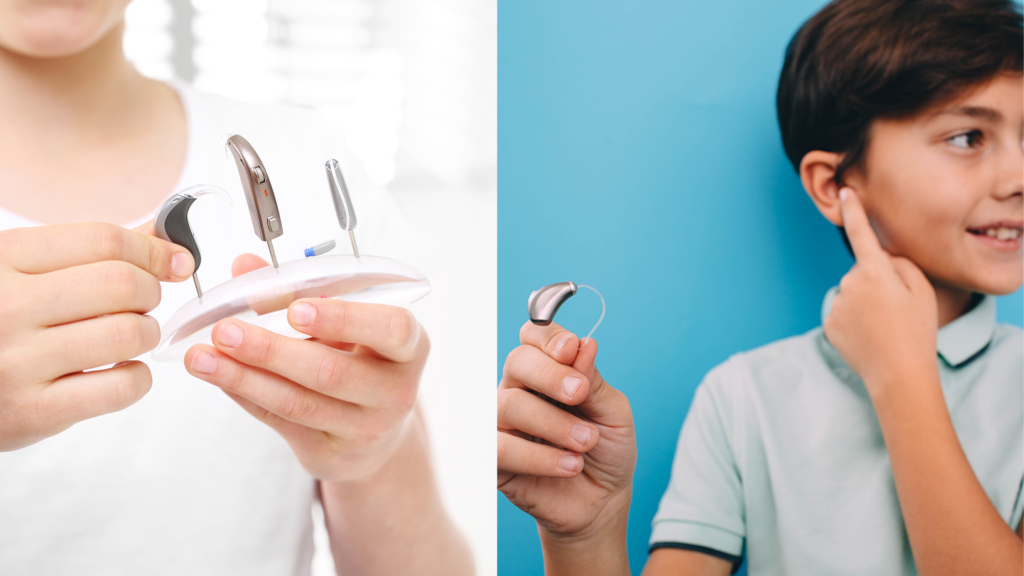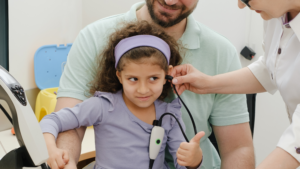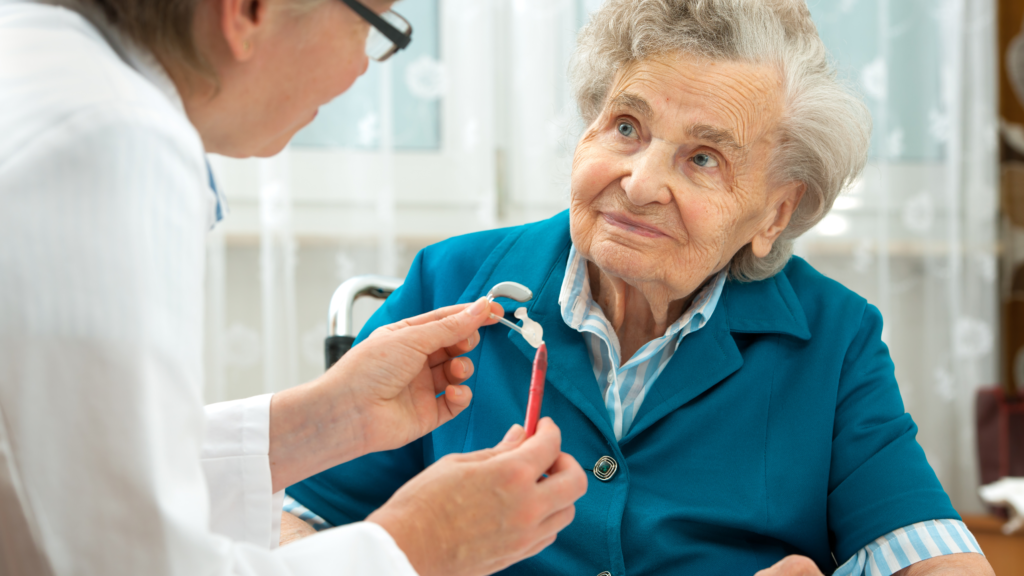

Introduction
The diagnosis, treatment, and management of hearing loss have all changed as a result of technological developments in hearing services. Technological Advancements in Hearing Aids : Tele-audiology and Online Hearing Care Services
Apps for Smartphones that Promote Hearing Health .

Technologies for Tinnitus Management
Sound Therapy: Modern devices come equipped with sound therapy functions that use calming background noise or specific sound patterns to conceal tinnitus, or ringing in the ears.
Neuromodulation Devices: New therapies aim to lessen tinnitus perception by modifying brain activity.
Cochlear Implants
Enhanced Speech Recognition: As cochlear implants get more advanced, their speech processors are better at understanding speech in loud environments and producing higher-quality sounds.
Smaller and More Comfortable Designs: As technology gets smaller and more comfortable, customers benefit from increased convenience and improved aesthetics. Hearing aids with artificial intelligence (AI) modify their settings automatically for the best sound quality depending on the wearer’s surroundings.

Translation, Real-Time Captioning, and Tele-Audiology
Apps and Assistive Devices: New developments like real-time transcription software for spoken language make it easier for deaf people to follow discussions. A few apps also provide multilingual real-time translation. Distant Fittings and Diagnostics: Thanks to tele-audiology, audiologists may examine, diagnose, and modify hearing aids from a distance without the patient having to go to a clinic. This increases access to care, particularly for those living in distant places. Virtual Rehabilitation: From the comfort of their homes, people with hearing loss can get counseling, therapy, and auditory training through online platforms.

Electronic Hearing Aids
Smart Processing: To provide clearer sound in loud surroundings, modern digital hearing aids utilize sophisticated algorithms to differentiate between speech and background noise.
Bluetooth connectivity: A lot of gadgets these days can wirelessly link to TVs, smartphones, and other gadgets, enabling users to stream music straight into their hearing aids.
Conclusion
Apps for mobile devices , These apps make hearing care more widely available by enabling users to self-administer hearing tests and get recommendations for getting professional care or hearing aids. These developments are improving the efficacy and overall experience of receiving hearing care by increasing treatment’s personalization, accessibility, and efficiency.